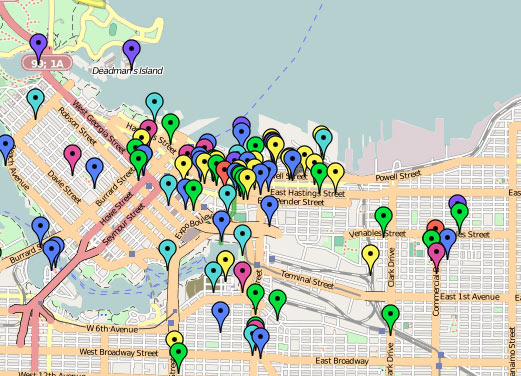
By some estimates (including the CBC), there were 100 people on the walk we took on Tuesday night, in the rain, throughout downtown Windsor.
The attendance alone was inspiring, but what really made the experience so incredible for me was the energy that everyone brought. When we stopped and took a moment to briefly talk about the potential of the Downtown Transit terminal, or the Canderel Building’s huge space, or the properties for lease on Ouellette, the old bingo hall, the House, the city’s storefronts on Pelissier, we got excited together. Things started to feel remotely possible.
It’s that sense of possibility that’s so important right now for our city.
At today’s Artscape Placemaking Workshop at the AGW, we heard some really amazing stories about the work at Artscape has done, the work of Bert and crew at AS220 in Providence, things that started as truly small ideas and have since become cultural movements. It’s all possible, we just need to find the time to walk around a bit more often together.
Then, we need to start getting into some space. And, we should be in a space next to one another, or at least down the block from one another, so we can see one another more often, and we can go for walks and imagine more new things. And then, one day, we’ll look back and say, “remember that walk we took with 90-something other people on that really cold and rainy night…”
Sound good?
P.S. If anyone has any photos or video from the walk, I’d love to see them!


